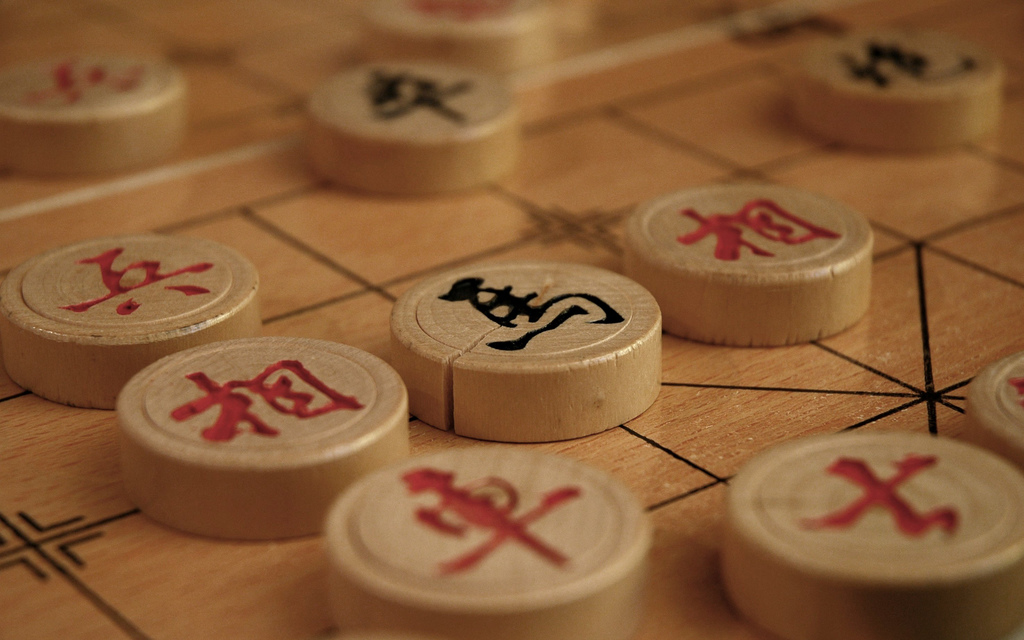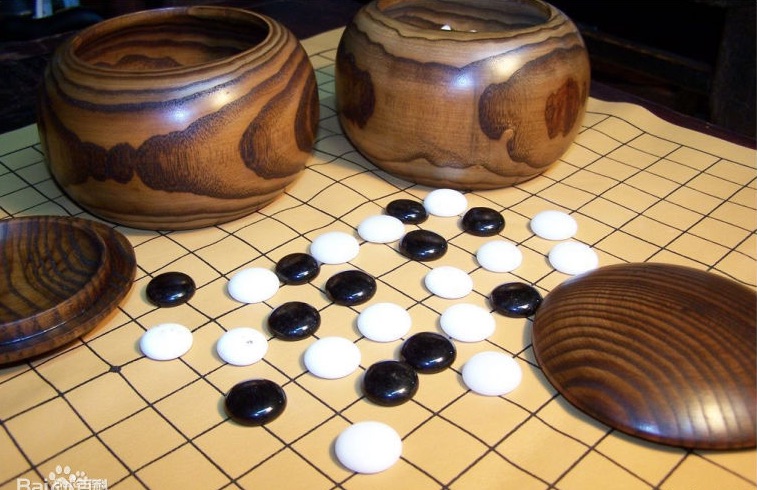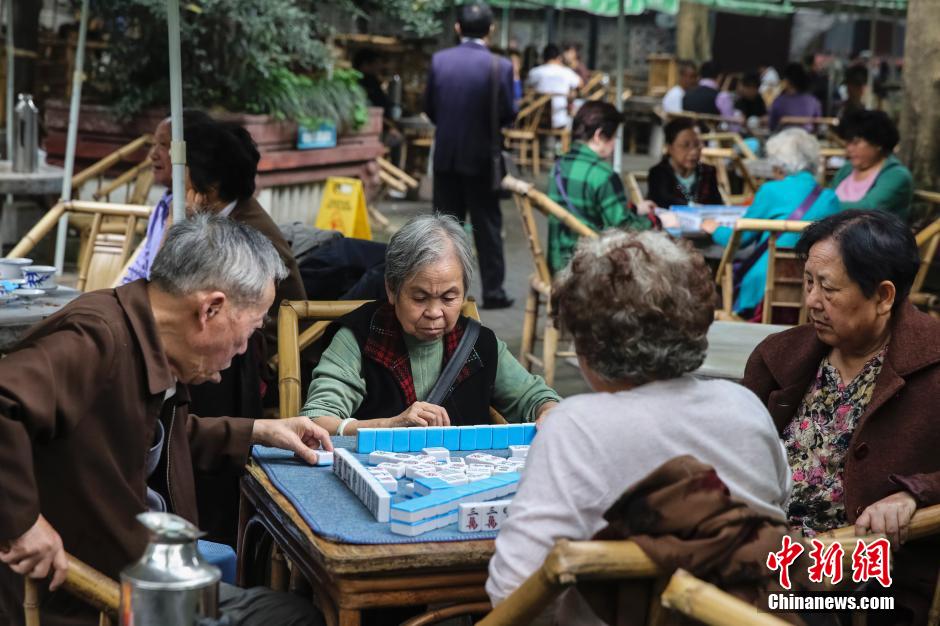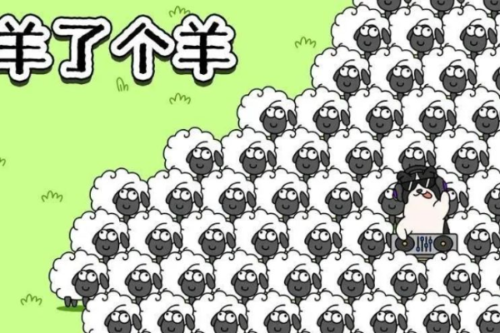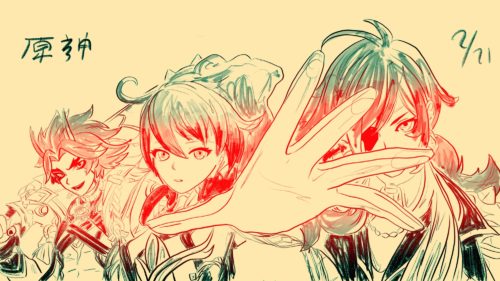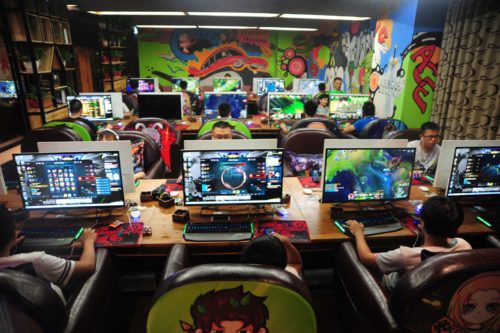Mingbai: Ancient Chinese games that test wits and break up families
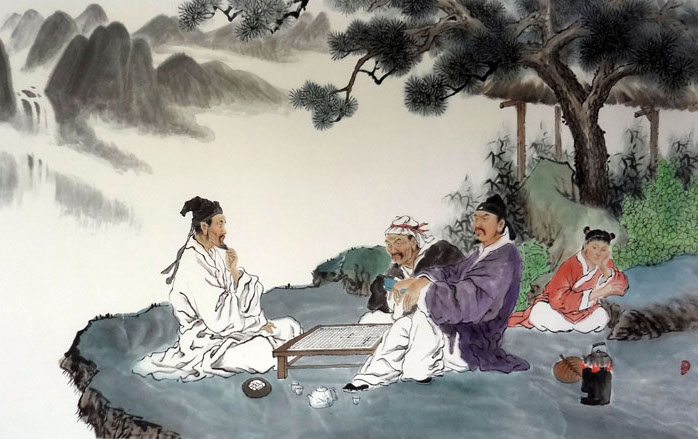
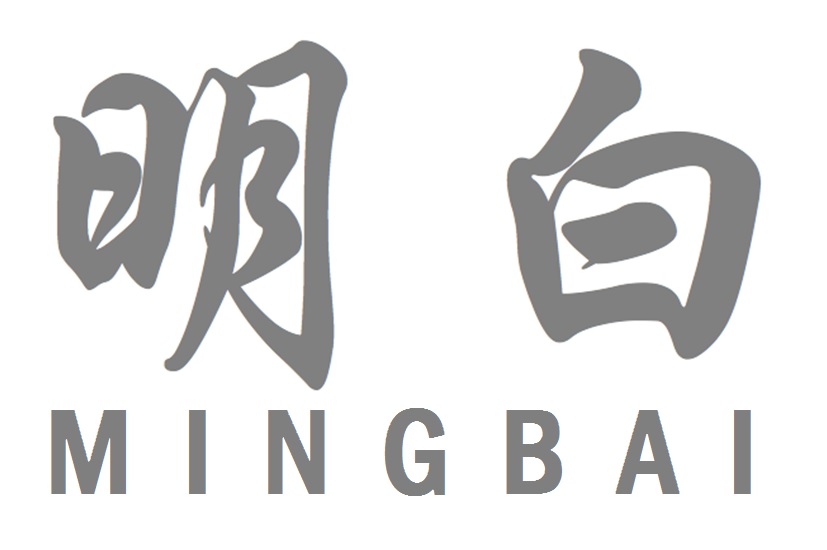 Mingbai (明白, meaning “understand”), written by Christian Føhrby and Deng Jie, is a newsletter that drops knowledge on things “everyone in China knows, but almost nobody outside the country knows.” Sign up for it at GetMingbai.com.
Mingbai (明白, meaning “understand”), written by Christian Føhrby and Deng Jie, is a newsletter that drops knowledge on things “everyone in China knows, but almost nobody outside the country knows.” Sign up for it at GetMingbai.com.
Mingbai appears in this space on the final Wednesday of each month.
Board games are great, whether you’re trying to hone your strategic skills, show your know-it-all cousin what you’re made of, or simply want to pass the time. And while international classics like Monopoly and chess are played all over the world, China has some iconic games of its own that are known and loved across the country. This month, Mingbai zooms in on some of China’s classic social games.
象棋 (xiàngqí), Chinese chess, is quite similar to international chess, but with some very interesting differences. Like in international chess, two armies face one another, hoping to take out the other’s king — or in this case, general. Instead of carved pieces, the Chinese version uses flat camembert-shaped pieces with beautiful characters carved in. It also features a river across the middle of the board, beyond which some pieces move differently, and which cannot be crossed by the elephants — yes, elephants! The game is even named after them — look closely at the xiàng character (象). (Hint: Is it facing you?)
Perhaps coolest piece is the cannon, which moves like a rook in international chess, but which can attack only by jumping over another piece to get to its victim. Bang!
In parks all over China, you often hear loud, gleeful smacks as players slam their own pieces on top of opponents’ pieces. Checkmate! Well, maybe.
Perhaps the oldest board game in the world, 围棋 (wéiqí), is also known in English — via Japanese — as “Go.” Although never huge in the West, it is said to have been greatly enjoyed by Albert Einstein. Weiqi, i.e., “the surrounding game,” is considered a more cerebral game than Chinese chess, and is played more at home or in clubs than in parks.
Older than Confucius himself, Go was considered one of the four ancient arts that a real gentleman must master — the others being painting, music, and calligraphy. The game is played on a simple board with 19 by 19 lines. Players take turns placing a white or black piece on the intersections of lines, and the winner is the one who can surround the other player’s pieces and claim the most territory.
While a computer was able to beat the reigning chess world champion as early as 1997, artificial intelligence had to wait until 2017 to beat the world Go champion — the literally billions of possible combinations of moves made human intuition a crucial ingredient!
Although not revolving around a board like the two games above, 麻将 (májiàng), known to Westerners as Mahjong, is among the most popular games in the world — not just in China, but also widely across East Asia.
Mahjong is often played in public spaces like parks or in designated Mahjong parlors with custom-built tables, where you can buy food and drink as well. Its beautiful tiles and aesthetics have also inspired many digital versions, including a one-player version that’s pre-installed on many computers.
The goal is to collect high-scoring combinations of tiles. These are thick, decorated blocks usually made of bone or plastic that you either draw or take from other players. There is luck involved in which tiles you get, but it’s overwhelmingly a game of skill, and competitions are many and serious. Pattern recognition, memory, and bluffing skills will all serve you well — and if not, schools and strategy guides abound!
~
Inspired? Pick a game and start learning it before your cousin! But if you pick Mahjong, be advised: The game has previously caused widespread controversy for leading to gambling addictions.
Come back next month for more Mingbai, and remember to sign up for the biweekly newsletter.
